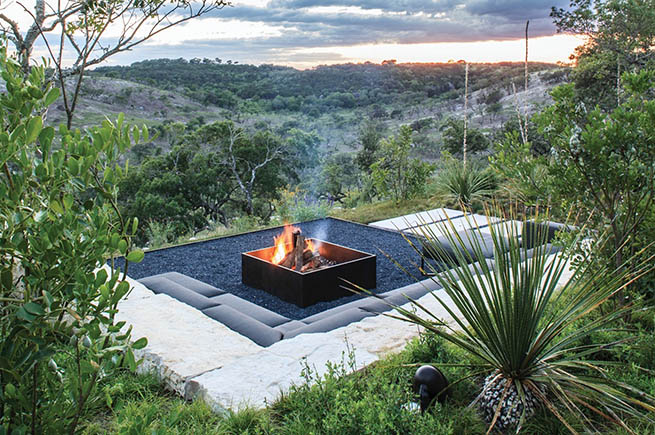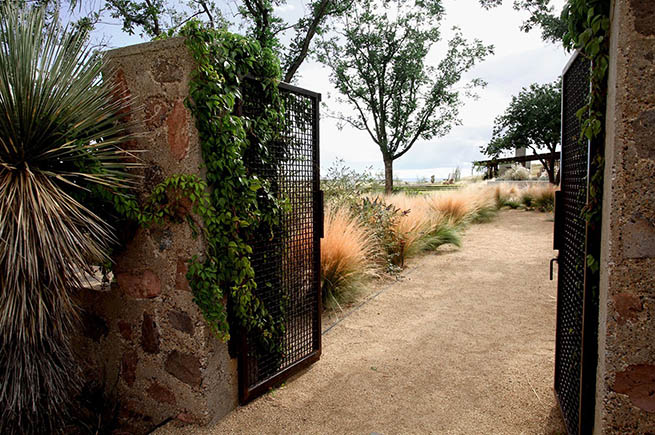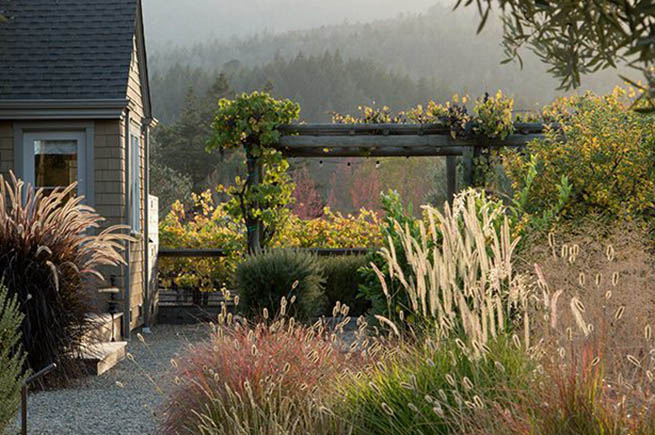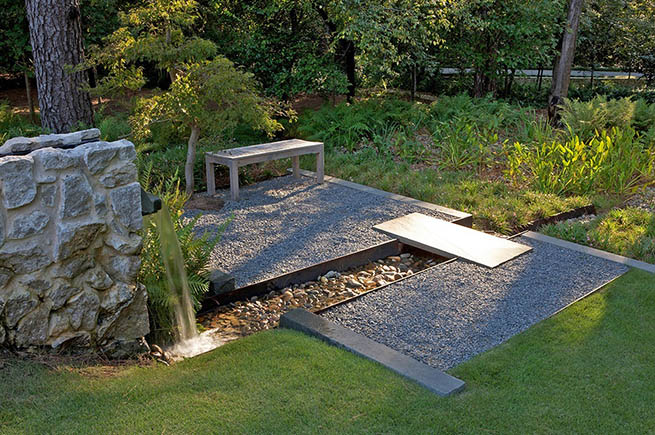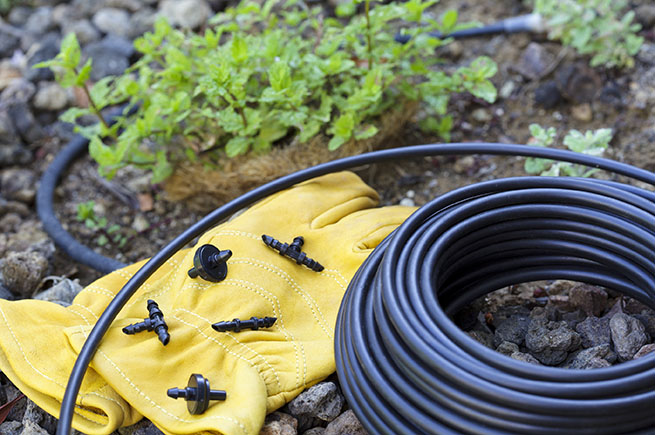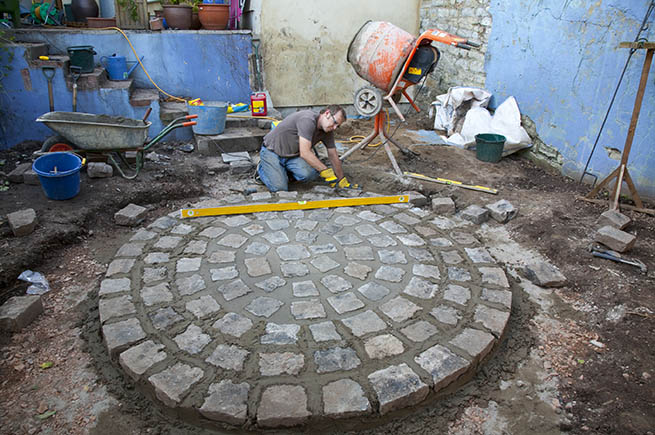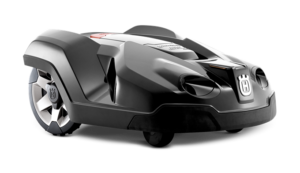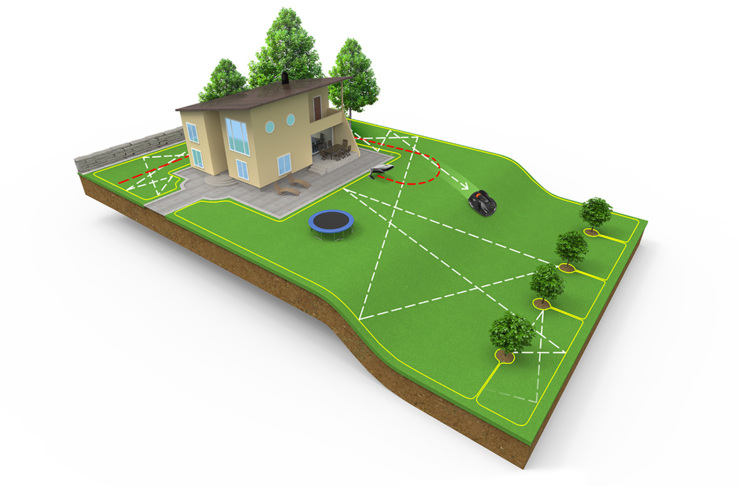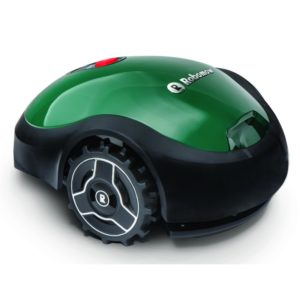In our previous article we spoke specifically about the Rachio Smart Irrigation system and what features a good smart controller needs to have. In this article we talk about smart irrigation in general.
Smart Irrigation Systems – Saving water
Smart sprinklers and irrigation controllers can simplify home lawn and garden care, and reduce water consumption.
Instead of fixed timers, these systems draw on data from sensors, weather forecasts and plant-care databases to determine watering needs. They deliver just enough moisture at just the right time. Lower your water bill, and check up on your plants from anywhere in the world using mobile and web apps.
EPA standards
According to the EPA, in the United States, outdoor water use alone averages more than 9 billion gallons of water each day, mainly for landscape irrigation. As much as 50% of this water is wasted due to over watering caused by inefficiencies in traditional irrigation methods and systems. Smart irrigation control technologies can significantly reduce over watering by applying water only when plants need it.
Not all controllers are made equal so the EPA came up with the WaterSense stamp of approval. WaterSense labeled controllers allow watering schedules to better match plants’ water needs. With proper installation, programming, and maintenance, homeowners and businesses can use WaterSense labeled controllers instead of standard clock-timer controllers on their existing systems, and no longer worry about wasted water.
To earn the WaterSense label, landscape irrigation controllers must be able to adequately meet the watering needs of a landscape without over watering. As with all other WaterSense labeled products. WaterSense labeled controllers will be independently certified to ensure that they meet the criteria for efficiency and performance.
Replacing a standard clock timer with a WaterSense labeled irrigation controller can save an average home nearly 8,800 gallons of water annually. If every home in the United States with an automatic irrigation system installed and properly operated a WaterSense labeled irrigation controller, we could save $435 million in water costs and 120 billion gallons of water across the
country annually from not over watering lawns and landscapes. That’s equal to the annual household water needs of nearly 1.3 million average American homes.
The Benefits
If you’re a typical property owner, you probably put your automatic sprinkler system into the same category as your heating and cooling system. You expect it to work reliably and efficiently with minimum fuss. Smart irrigation controllers saves water, saves time, adds convenience.
There are two major types of smart irrigation controllers: weather-based and on-site soil moisture sensors. The right solution depends on your geographic location and landscape environment. Not wanting to baffle you with too much detail here. We suggest that you contact us to discuss the various options for your site.
We have installed smart irrigation systems in Denver and in the greater Chicago areas where we have our teams located.
Let us conduct an irrigation audit for you to help determine the best smart irrigation solution for your property.







